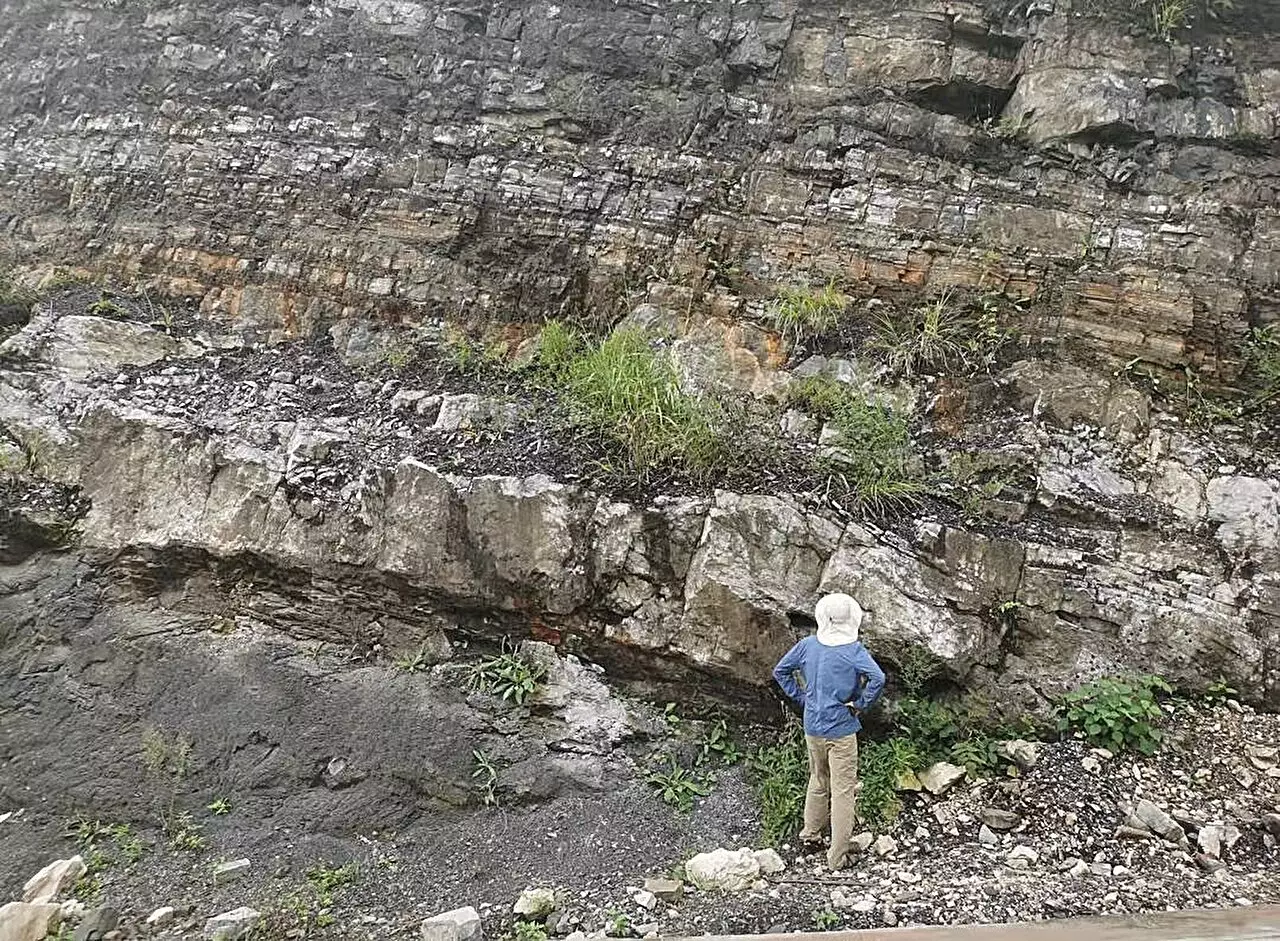Throughout Earth’s exhaustive history, specific climatic phenomena stand out for their extremity—none more so than the episodes commonly referred to as “Snowball Earth.” This term encapsulates periods that transpired hundreds of millions of years ago, during which the vast majority of the planet became enveloped in ice thicknesses reaching up to 1 kilometer (0.6 miles). While the concept may sound exaggerated, geological evidence confirms that these Snowball Earth events have occurred on an infrequent basis, with each manifestation lasting for millions of years, only to be succeeded by dramatic warming periods. Yet, the nuance surrounding the transition into and out of these frozen epochs has long eluded scientists, until recent research from the University of Washington shed new light on the subject.
At the heart of this research lies the study of enigmatic geological formations known as “cap carbonates.” These layered limestone and dolomite deposits are thought to have formed during the thawing of glacial ice and serve as crucial indicators of Earth’s climatic and atmospheric conditions roughly 640 million years ago. Unlike more conventional sources of climate data such as ice cores or tree rings, cap carbonates preserve information about atmospheric carbon dioxide levels and the ocean’s acidity. Lead researcher Trent Thomas, a doctoral student in Earth and space sciences at UW, emphasized that these telltale rocks encapsulate essential data regarding the phases of climatic change surrounding the Snowball Earth phenomenon.
Cap carbonates are indeed remarkable, appearing in over 50 locations around the globe—from Death Valley to Ireland. They are dubbed “caps” due to their position atop glacial deposits and are called “carbonates” because of their carbon-rich content. These formations capture the intricate life cycle of Earth’s carbon and reflect the complexity of environmental changes during tumultuous climatic periods. Understanding their composition and origins is essential for discerning the intricate carbon cycle that defines our climate history.
One of the most captivating revelations from this study is its connection to the evolution of life following the last Snowball Earth event. Prior to this climatic upheaval, Earth’s biosphere was largely dominated by simple life forms, such as microbes and algae, for over two billion years—a monotonous era often referred to as the “boring billion.” However, the dual occurrences of Snowball Earth appear to have acted as a catalytic agent propelling the evolutionary trajectory toward more complex organisms, culminating in the emergence of animals.
Senior author David Catling, a prominent UW professor, posits that the connection between Snowball Earth and the proliferation of animal life is not merely coincidental. The study meticulously breaks down three critical phases during the Snowball Earth era, detailing how the accumulation of ice reflected sunlight and maintained a fragile balance within Earth’s environmental systems. As carbon dioxide levels rose due to prolonged geological reactions, a threshold was reached where this greenhouse gas could trap enough solar energy to initiate a marked temperature rise, ultimately leading to a thaw.
As glaciers receded and the planet’s temperatures stabilized, nuances in oceanic and atmospheric interactions emerged. Rainfall became prevalent, depositing freshwater into an ocean dominated by melted glacial water, which created distinct layers within the ocean itself. Initially, this stratification impeded ocean circulation, but over time, renewed mixing would take place—as the ocean’s chemistry underwent backbone shifts—a crucial development for nurturing life.
This reestablishment of oceanic processes heralded significant ecological changes. As temperatures and acidity levels fluctuated, pivotal alterations in both ocean and atmospheric systems transpired. The implications of these shifts are not merely academic; they serve as the backdrop against which the emergence of more complex life forms unfolded. As lead author Thomas notes, recognizing these changes allows researchers to make informed hypotheses about the circumstantial relationships that fostered the rise of increasingly complex biodiversity on Earth.
In light of this newfound understanding, future studies are poised to investigate how resilient life forms that survived during the Snowball Earth phase may have adapted and evolved during subsequent climatic shifts. Delving into this aspect could potentially unravel the mechanisms behind life’s complexification and offer a broader perspective on biological evolution in response to Earth’s changing environments. As researchers continue to explore these ancient dynamics, our grasp of how life and climate are interwoven only deepens, reiterating the importance of studying the past to glean insights for our future.


Leave a Reply